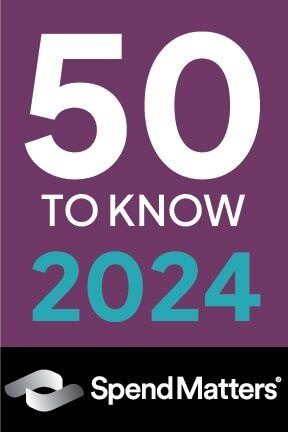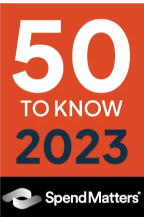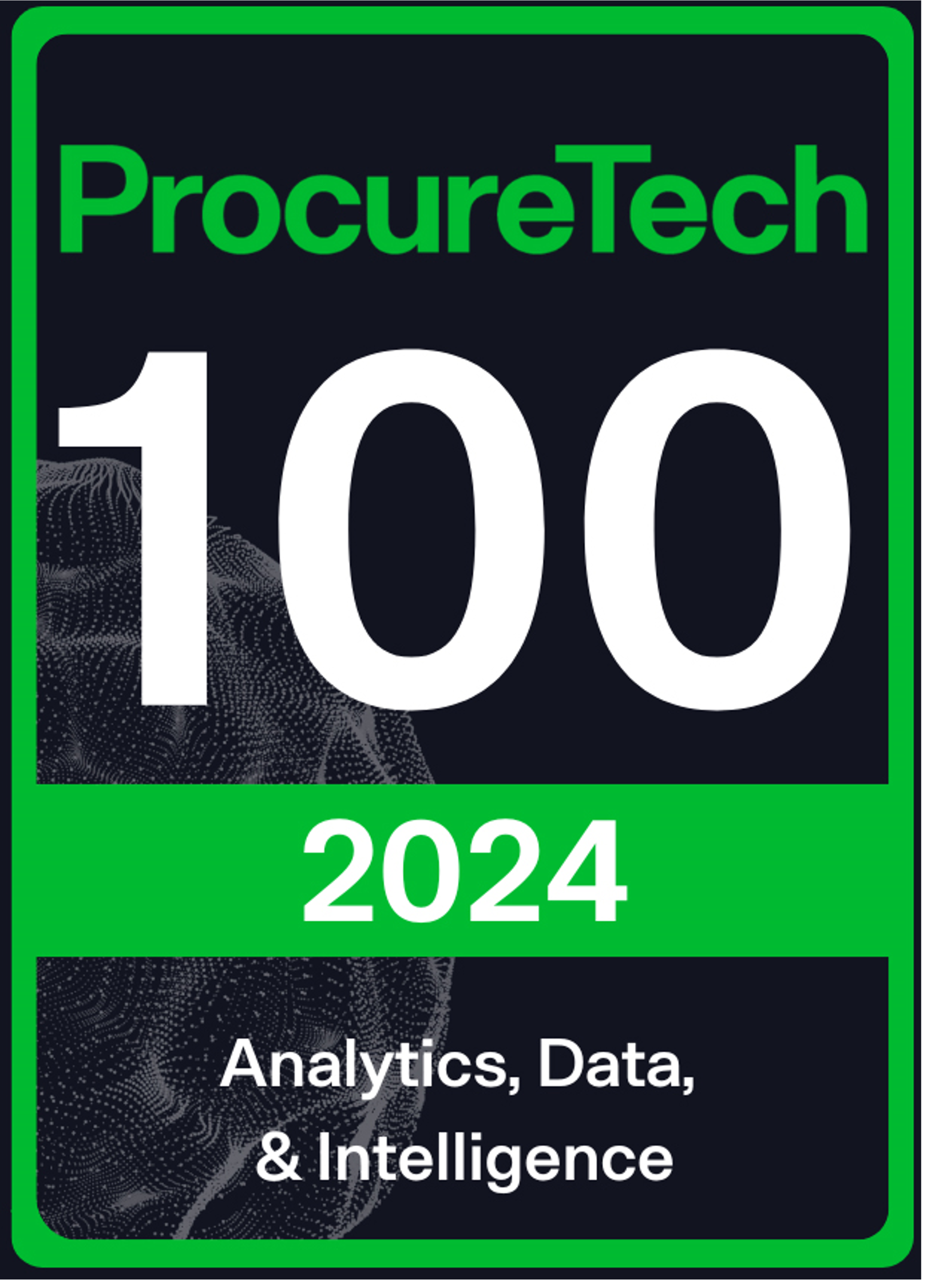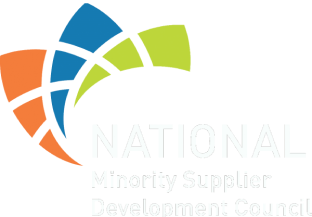A strong business case is the foundation for securing investment in a procurement intelligence platform.
A strong business case is the foundation for securing investment in a procurement intelligence platform. But where do you start in creating one? The business case needs to clearly articulate the need for the solution, demonstrate its value, and outline the expected benefits. This article helps you identify six key aspects to crafting a compelling business case that will resonate with stakeholders and support in a successful implementation from the start.
Here are the key aspects you should focus on, including and examples to aid your understanding:
1. Present
Procurement overview: Start by outlining your current procurement processes, team operations, challenges, and areas for improvement. Highlight inefficiencies, potential risks, and areas where a procurement intelligence platform could provide value.
Example: “Our procurement processes are largely manual and time-consuming, leading to inefficiencies and errors. The team spends significant time on transactional tasks, leaving less time for strategic activities.”
Spend pools/categories: Identify the number of managed spend pools or categories to showcase the scope for improvement with a procurement intelligence solution.
Example: “As we manage over 50 spend categories, there is significant scope for optimization and cost savings using a procurement intelligence platform.”
Total spend managed: Calculate the percentage of total spend managed and highlight existing risk mitigation strategies to demonstrate the impact of implementing a procurement intelligence solution.
Example: “Currently, only 60% of total spend is effectively managed, highlighting the need for better risk mitigation strategies. A procurement intelligence platform can help us improve this percentage.”
Cost savings projection: Highlight anticipated cost savings using industry benchmarks and historical data to demonstrate the financial benefits of the solution.
Example: “Industry benchmarks suggest a potential 10-15% cost savings through improved procurement practices, which a procurement intelligence platform can deliver.”
2. Examine
Select specific area: Choose a spending category for focused analysis on the benefits of procurement intelligence.
Example: “We will focus on the IT category, where significant spend and complex supplier relationships exist.”
Show impact: Use data or case studies to illustrate positive impacts like cost savings and improved processes.
Example: “Case studies show a 20% cost reduction in IT procurement through better supplier negotiations facilitated by procurement intelligence.”
Empower category managers: Demonstrate how procurement intelligence can automate tasks and empower category managers to focus on driving additional value.
Example: “Automating routine tasks allows category managers to focus on strategic sourcing and supplier development, leading to increased efficiency and cost savings.”
Quantify benefits: Highlight potential savings and benefits by reallocating resources towards strategic tasks using financial projections or benchmarks.
Example: “Reallocating resources could lead to an additional 5% in cost savings through strategic sourcing initiatives, as demonstrated by industry benchmarks.”
3. Demonstrate
Negotiation strength: Showcase how procurement intelligence provides cost clarity, enabling better negotiation outcomes and favorable terms with suppliers.
Example: “With accurate cost data, negotiations are more informed, leading to better contract terms and pricing.”
Strategic sourcing: Detail how procurement intelligence helps in developing strategic sourcing strategies and identifying cost-saving opportunities.
Example: “Strategic sourcing can identify alternative suppliers and reduce dependency on high-cost providers, leading to significant cost savings.”
Supplier relationships: Illustrate how accurate category costs support collaborative supplier relationships and mutually beneficial cost optimization measures.
Example: “Accurate cost data encourages trust and collaboration with suppliers, leading to mutually beneficial agreements and improved supplier performance.”
Risk mitigation: Include how accurate category costs help identify and address potential risks in the supply chain for effective risk mitigation.
Example: “Early identification of cost anomalies can signal potential risks, allowing for proactive mitigation strategies, ultimately reducing disruption and ensuring supply continuity.”
4. Recall
Highlight past supply disruptions: Recall past supply disruptions caused by geopolitical events in specific categories and assess the financial impact and resolution time.
Example: “Previous supply disruptions in the electronics category due to geopolitical tensions resulted in significant financial losses and delayed projects. This highlights the need for proactive risk management.”
Predictive capabilities: Showcase how procurement intelligence can predict similar events and provide alternative solutions to mitigate those disruptions.
Example: “Procurement intelligence can analyze historical data and current market trends to forecast potential disruptions, allowing for proactive adjustments to sourcing strategies and the identification of alternative suppliers.”
5. Apply
Supplier disruption scenario: Detail a past instance where a disruption was caused by a supplier issue. Describe the impact on operations and finances, as well as the time taken to resolve the issue.
Example: “A supplier bankruptcy in the packaging category led to production halts, costing the company millions and taking months to resolve. Proactive risk management and supplier monitoring could have mitigated the impact.”
Utilize a robust risk framework: Emphasize the importance of implementing a robust risk framework to detect issues with critical suppliers proactively.
Example: “Implementing a risk framework can proactively identify supplier risks, leading to timely interventions, minimized impact, and enhanced supply chain resilience.”
Demonstrate proactive sourcing adjustments: Illustrate how proactive sourcing adjustments based on intelligence data can help mitigate risks associated with critical suppliers, ensuring a strong, agile supply chain.
Example: “By analyzing market data and identifying potential vulnerabilities, procurement intelligence can proactively secure alternative sources, ensuring a diverse supply base and greater resilience to disruptions.”
6. Evaluate
Spend visibility: Assess the organization’s control over procurement spending for improved cost management and risk mitigation.
Example: “Enhanced spend visibility leads to better budget control and reduced maverick spending, leading to greater cost savings and improved financial performance.”
Efficient market research: Demonstrate time and effort saved by having specific, curated market data for informed decision-making.
Example: “Curated market data reduces research time by 30%, enabling faster decision-making and allowing procurement teams to focus on more strategic activities.”
Negotiation advantages: Quantify cost savings achieved through successful negotiations enabled by procurement intelligence.
Example: “Improved negotiation strategies, supported by accurate cost data and market insights, result in an average of 5-10% cost savings on major contracts.”
Disruption Mitigation: Showcase how procurement intelligence helps avoid losses from supply chain disruptions through proactive risk monitoring and contingency planning.
Example: “Proactive risk monitoring and scenario planning, powered by procurement intelligence, have reduced disruption-related losses by 25%.”
Do you want to have further guidance in building a business case for investing in procurement intelligence? Download our guide to explore how the right procurement intelligence solution can help you transform how you make informed decisions.
Related Reading












